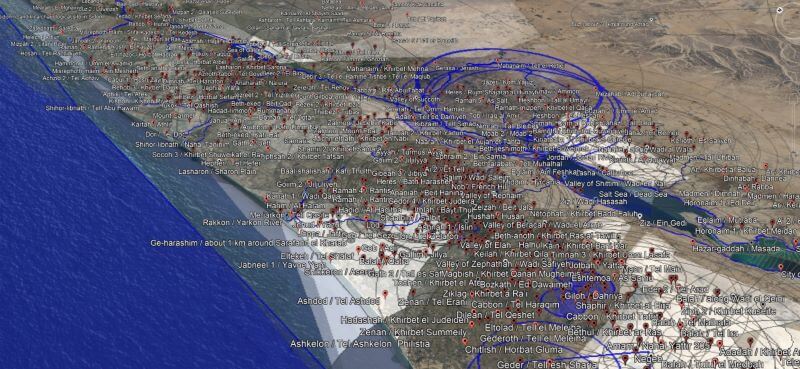 |
The Lazarus story of John 11 takes place in Bethany. There is a "Tomb of Lazarus" there today commemorating the event.
|
John 11.32-44 is the appointed RCL text for All Saints Sunday. The whole of John chapter 11 is a unity, so this selection is only notable for including the scene where Lazarus (somehow, considering that he is all bound up!) comes out of the tomb. The story is well told and actually includes some humorous elements. (The dead man’s sister, Martha, says to him, “Lord, already there’s going to be a stench. It’s been four days, you know.”) One can also easily imagine it in oral performance.E.g., the parenthetical
explanation that the tomb was a cave strikes me as something that would be spoken to an audience quite naturally.
The text is also notable for including the third shortest verse in the NT, 11.35: "Jesus wept." (KJV) Yes, it's the shortest verse in English in the KJV, but the shortest verse in the NT in the Greek is actually Luke 2.30!
Careful translation does not solve some of the puzzling aspects in the story. In particular, Jesus' emotions of anger, agitation, and distress in verses 33 and 38 are the subject of considerable speculation in the commentaries.
Here are a collection of translations, including my own, and my notes on translating this passage.






